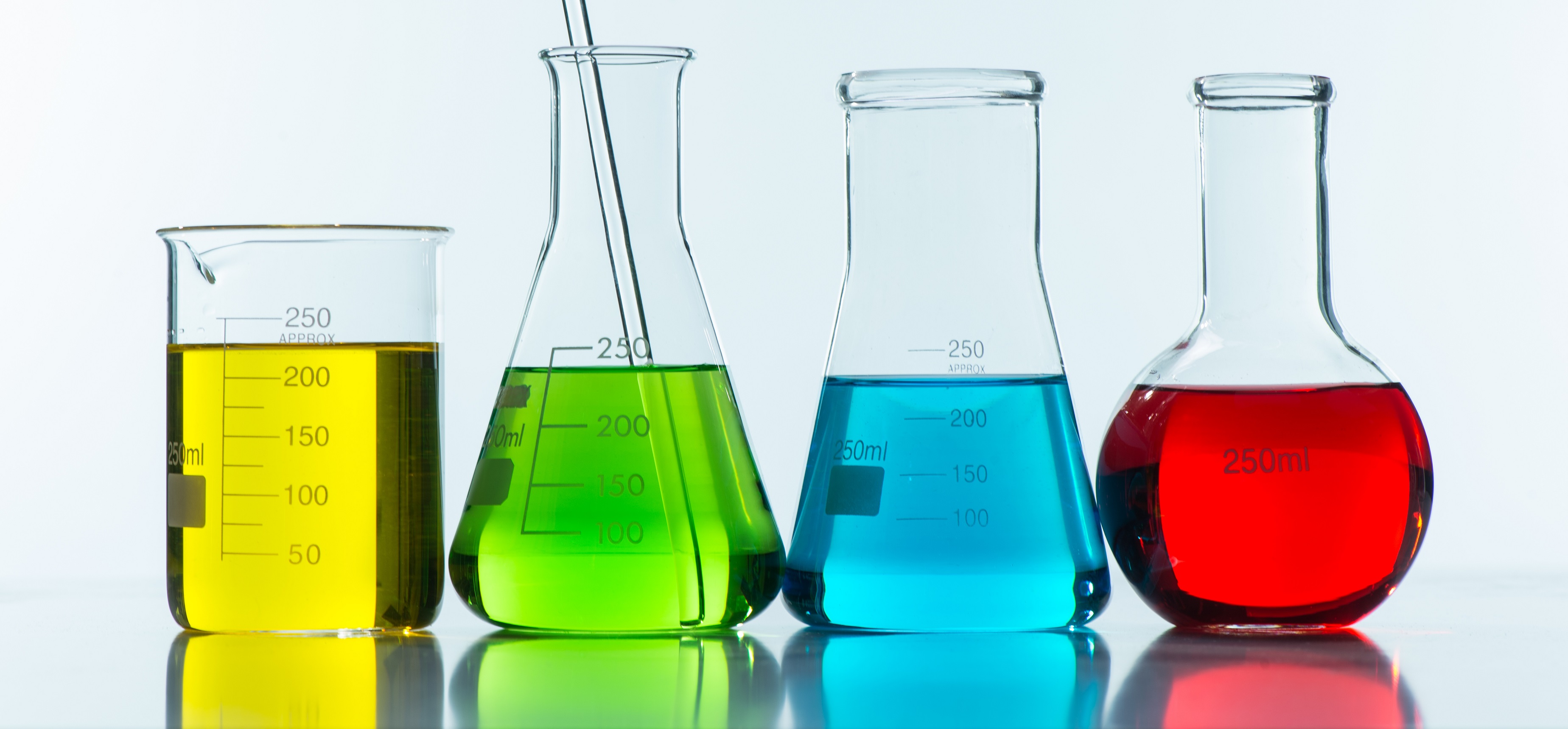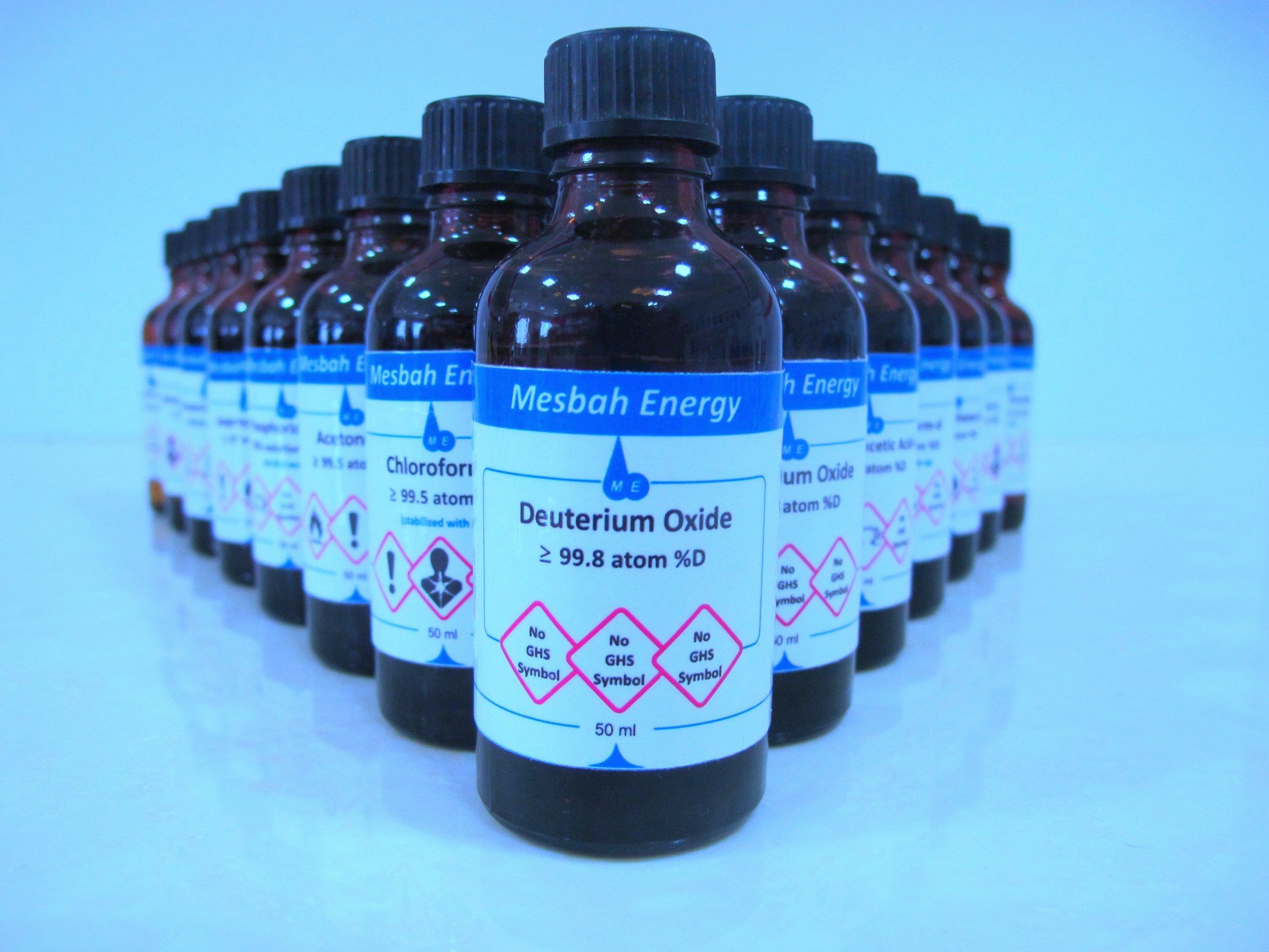What are the solvents used in NMR? What is the Deuterated solvent?
A solvent is composed of a solution that has the ability to dissolve another substance. It is interesting to know that there is no reaction between the solvent and the resolvable and no new material is produced. The science of compound chemistry that has this ability is called the solvent. Solvents can be present in intermediate, solid (ionic solvents), and gaseous (such as CO2) forms, and even a supercritical case. In most cases, it is a form and is practically a solvent in the application of the solution. Depending on the type of solute to be dissolved, we can not choose if a non-polar solvent is never used for the polar solvent. It should be noted that the items used in the NMR analysis of both groups include the following

Polar and non-polar solvents
In a general classification of solvents, depending on their degree of polarity, which is relatively dependent on their dielectric constant, they are classified into two groups: polar solvents and non-polar solvents.
In polar solvents, the particles produce the polar solvent, which is another generator that is absorbed by electrostatic attraction. The most common polar solvent is water. Are dissolved or polarized in polar solvents. And a uniform polar solution is obtained. Water is the most important solvent in most polar and covalent compounds.
In non-polar solvents, the constituent particles of the solvent are non-polar. Which uses a weak van der Waals attraction between these particles, therefore, if these solvents have a very low boiling point and volatile. Non-polar solvents dissolve non-polar solutes.
Alcohols have a polar head (OH) and a non-polar head (carbon chain) because both groups dissolve polar solvents and non-polar solvents, so it is another important industrial solvent. Future.
The dielectric constant criterion for detecting the polarity of solvents. The possibility of a solvent (
Liquid) to solve the solute depends on its dielectric constant. The higher the dielectric constant, the more solvent it causes to be present in the separation of soluble ions (solid ions), and the more constant its strength, if the solvent is non-polar and can contain ions for
What is Deuterated Solvent?
Deuterated solvents are used to identify new synthetic compounds using NMR analysis. Deuterated compounds have many applications for advanced academic research and some other applications such as tracking the progress of complex chemical reactions, optimizing drug properties, making highly advanced polymers to optical fibers and polymers used in reactors.
For the analysis of HNMR should be used that do not have protons. But if we use a solvent that replaces hydrogen with deuterium (the heavy isotope of hydrogen) this problem is solved. The concentration of our solution should be standard and placed in special containers called N.M.R tubes. The most common deuterium solvents used in NMR analysis are chloroform, dimethyl sulfoxide, heavy water, etc.
Chloroform Deuterated
First, we have a brief look at the use of chloroform and its structure:
Chloroform is a colorless liquid with the chemical formula CHCl3. Chloroform has been used in the past to anesthetize patients in the operating room. The refrigeration and Teflon industries produce large amounts of chloroform annually and release it into the wild. It is also used for the preparation of refrigerant fluorocarbons, tetrafluoroethylene, and polytetrafluoroethylene, and other chemicals.
Chloroform, which has been replaced by hydrogen, deuterium atoms (a heavy isotope of hydrogen) is one of the uses of NMR for other solvents used. Deuterium chloroform (CDCL3) contains deuterium, which isotopically uses hydrogen and uses magnetic resonance imaging (NMR) as a solvent in imaging. The main reason for using this compound without chemical disturbance is in NMR spectrometers. This means that the spectrometer is the only sample that examines the effect of the solvent without disturbing it. Use other deuterium solvents (DMSO dimethyl sulfide acetone and D2O heavy water) to polarize the trawl.
(DMSO)
Two unique properties (DMSO), high polarity and high dielectric constant make it an excellent solvent for a variety of organic and inorganic compounds; DMSO is also a safe and secure solvent in the synthesis process and general application to ensure the absence and absence of the environment and the rise of its flashpoint. A special feature that DMSO shows from other more obvious solutions is the ability to mix animation with other organic and inorganic problems, as well as its excellent solubility with water.
. DMSO has been used intermittently in biochemical and biological cell extraction, and because DMSO plays an important role in the design of drugs for use in solving a variety of compounds. With the use of DMSO deuteration, a new property appears in it, as a result of which you will find special properties and applications that if you can use in the synthesis and catalysis of special organic compounds in medicinal chemistry, as well as in analytical and isotopic identification applications. H / D is used for geological projects and sodium application. DMSO is the most widely used organic solvent in NMR analysis due to its wide range of solvent constraints as well as its simple spectrum and high boiling point.
The reaction of organic compounds with heavy water in the presence of a suitable catalyst is used to produce deuterium solvents. Methyl dimethyl sulfoxide groups accelerate the H / D exchange reaction due to their ability to retain the electron intermediate produced (carbo anion).

D2O
The simplest and most accessible polar solvent is water, but in the NMR analysis technique, due to the interference of solvent hydrogen groups in the final spectrum, this material can not be used. To solve this problem, heavy water must be used. Its hydrogen is replaced by deuterium atoms. Heavy water is a stable isotope so its properties are not lost over a period of time. This method can use heavy water as an NMR solvent because this solvent is nominal in the NMR spectrometer.
KEYWORD SECTION:
You can also find other articles about the above keywords in other languages with the use of these words.
Deuterated solvent: In Chines: “氘代溶剂“ , In Russian: “ Дейтерированный растворитель” ؛IN Germany: “ Deuteriertes Lösungsmittel“
Chloroform : In Chines: “氯仿”| In Russian: “хлороформ”
Dimethyl sulfoxide(DMSO): In Chines: 二甲基亚砜 In Russian: Диметилсульфоксид